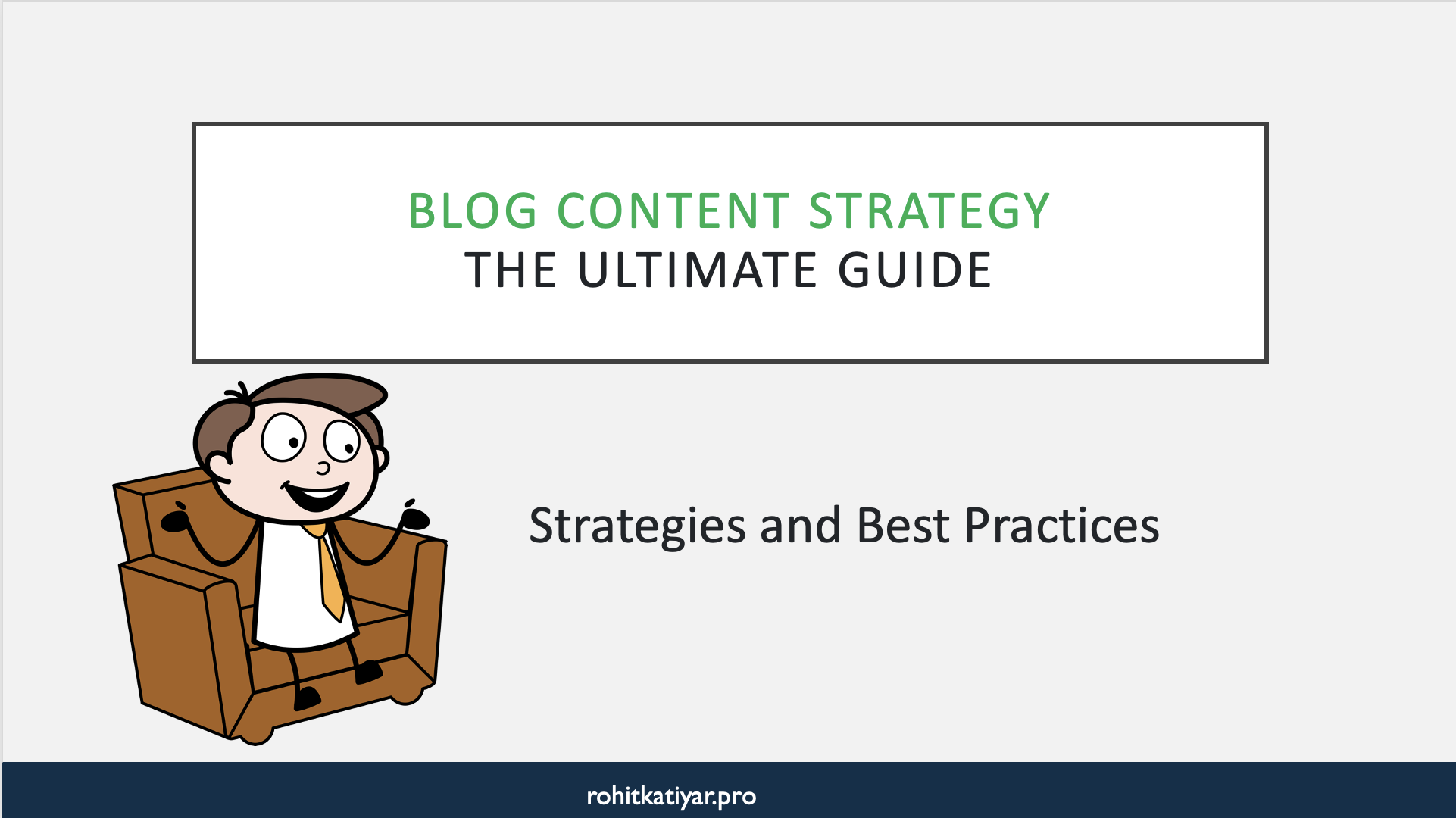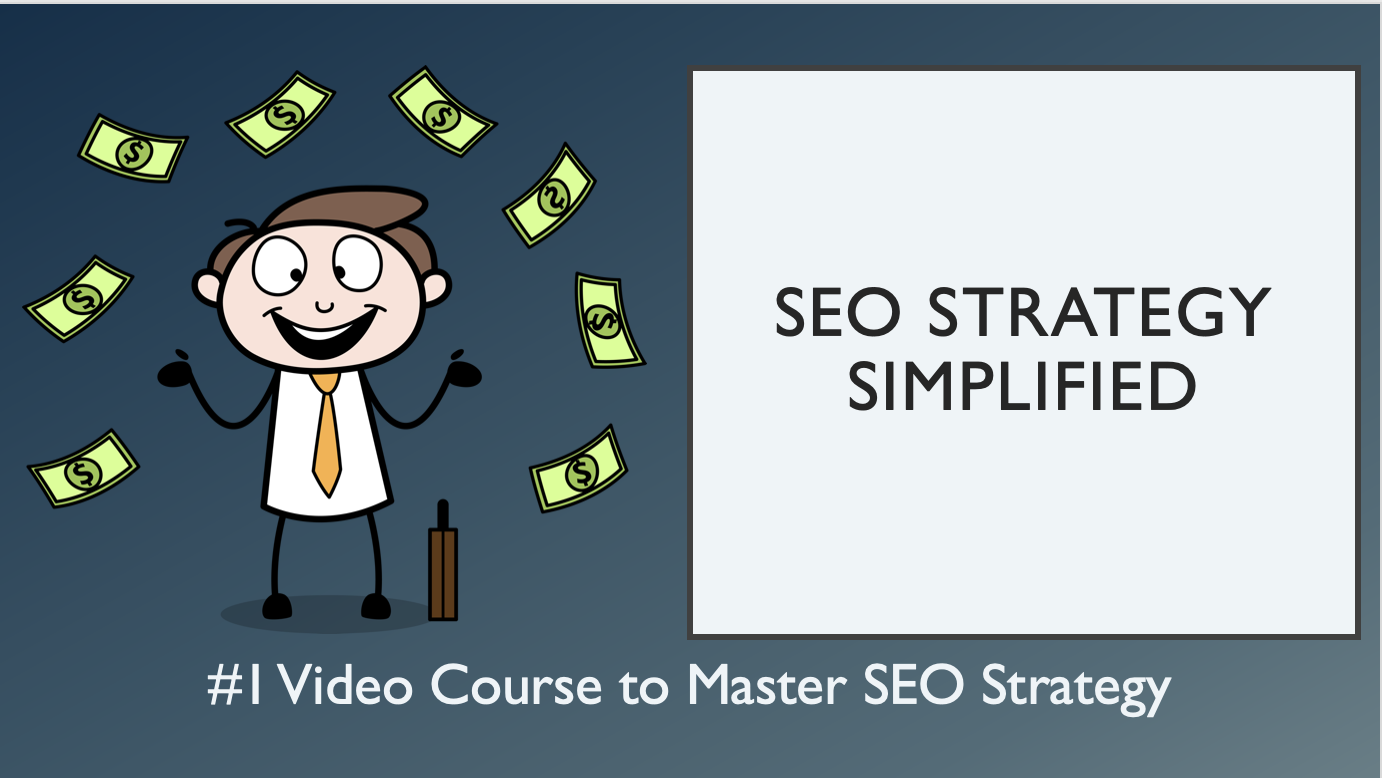Blog Content Strategy: Comprehensive Guide

An effective blog content strategy aligns content creation and optimization with business goals, SEO, and user engagement. This guide presents a structured approach to creating SEO-friendly, high-quality blog content that enhances your website's authority, attracts organic traffic, and converts readers into customers.
Table of Contents
Importance of Blog Content Strategy
- Establishes topical authority, improving search engine rankings.
- Drives targeted organic traffic with valuable, relevant content.
- Supports the funnel from awareness to conversion.
- Enhances user engagement and brand trust through quality insights.
Content Audit & Gap Analysis
- Conduct a thorough audit of existing blog content for quality, relevance, and SEO performance.
- Identify content gaps in relation to competitor content through keyword and topic research.
- Remove or update low-quality, outdated, or duplicate posts.
- Align existing and new content with target personas and business objectives to ensure consistency and relevance across all channels.
Blog Structure & SEO Best Practices
URL Structure
- Use short, descriptive, keyword-rich URLs with hyphens.
- Ensure HTTPS and proper site categories are in place for the organization.
Title Tags & Meta Descriptions
- Each blog post should have a unique title tag (50-60 characters) that includes the primary keyword near the beginning of the title.
- Write compelling meta descriptions (140-160 characters) that naturally include keywords and encourage clicks.
Header Tags
- Use one unique H1 per blog post containing the primary keyword.
- Organize content using H2 and H3 tags, incorporating secondary keywords to enhance readability and SEO.
Keyword Targeting & Content Planning
- Define clear search intent (informational, transactional) for each blog topic.
- Target primary and latent semantic indexing (LSI) keywords naturally throughout the content.
- Prioritize topics that fill gaps and align with user needs.
Content Creation Guidelines
- Produce original, engaging, and well-researched content.
- Target word count similar to or above the top 5 competitors to compete effectively (typically 2,000 to 3,000 words per post).
- Use bullet points, numbered lists, and short paragraphs to enhance readability.
- Incorporate quotes, callout boxes, and key term highlights for emphasis.
- Adopt an on-page content outline framework that includes an introduction, main headers with subtopics, and a conclusion.
- Avoid keyword stuffing; strike a balance between SEO and user experience.
On-Page Optimization Techniques
- Include the primary keyword in the first 100 words.
- Optimize images with relevant alt tags and utilize modern image formats (WebP); compress images to ensure fast loading.
- Limit paragraphs to about 24 lines for better engagement.
- Use schema markup (Article, FAQ) for enhanced visibility in search results.
- Add a table of contents for long posts to improve navigation and user time-on-page.
Internal and External Linking Strategy
- Link to relevant internal pages and pillar content using descriptive anchor text.
- Avoid orphan pages by ensuring all content is linked within the site.
- Include authoritative external links, opening in new tabs, with no more than 5 per page.
- Limit internal links to 15 per page to maintain natural flow.
Visual Content & User Experience
- Use relevant images, screenshots, infographics, and videos to support blog content.
- Optimize layout for mobile responsiveness.
- Consider embedding videos that open in pop-ups to maintain page speed.
- Highlight key information using bold, italics, and visual callouts.
- Monitor key metrics, including organic traffic, bounce rate, time on page, and conversion rates.
- Regularly update and expand content based on SEO trends and analytics insights.
- Conduct a competitor analysis to stay ahead in terms of content quality and topical coverage.
- Maintain a content calendar that aligns with business priorities and leverages keyword opportunities.

Frequently Asked Questions (FAQs)
How long should a blog post be for SEO?
Aim for 2,000 to 3,000 words, covering the topic comprehensively while maintaining clarity and engagement.
How many internal links should I have in a blog post?
Limit to about 15 in-content internal links with descriptive anchor text to avoid diluting relevance.
Should I use images in blog posts?
Yes, visual aids enhance user engagement, break content monotony, and improve SEO with proper alt tags.
How often should blog content be updated?
Regularly review and update posts at least quarterly, or whenever significant changes in the topic or data occur.
What schema markup is recommended for blogs?
The article and FAQ schema are highly recommended to improve search result features and CTR.
You may also like the below Video Course

Conclusion
A well-executed blog content strategy is a powerful asset for SEO and brand growth. By focusing on content quality, SEO best practices, user experience, and data-driven improvements, your blog can attract and engage a loyal audience while driving measurable business outcomes.
This strategy employs an iterative content audit, strategic keyword focus, robust on-page SEO, and integrated linking to create a blog that consistently performs well in search engines and converts visitors effectively.